It’ll be Carried and Stored Effortlessly! ‘Sanbon-tsugi Yahazu’ the Advanced, Indispensable Tool for Displaying Kakejiku

Yahazu /Hanging up bamboo stick/ is an essential tool when handling a kakejiku which is used for hanging and taking off a kakejiku. There are various kinds of yahazu and metal-tipped ones with a length of 1 meter are the most common.
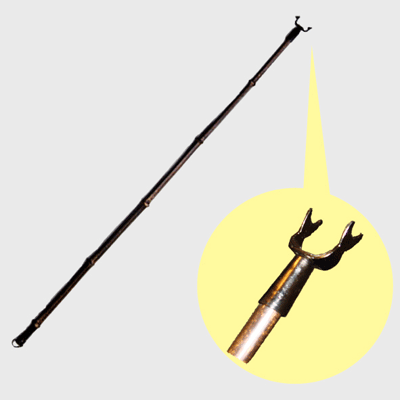
The metal tip is designed to catch kakeo /a string attached to the top of a kakejiku to hang the kakejiku.
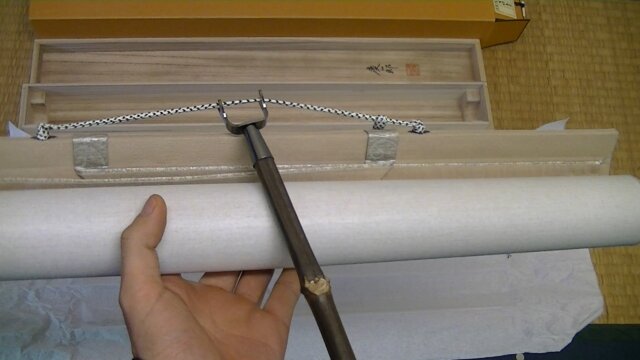
With a help of the tool, even when a kakejiku is replaced or displayed high up, there is no need to take a chair or stool.

For your information, here is an edition showing the concrete usage of hanging and storing kakejiku as well as the way of wrapping it with a cord.
Well, even this very handy yahazu has its drawback.
When it comes to carrying and storing, it’s not the greatest tool.
Using it at home will be fine but when it is brought elsewhere… say, at a friend’s home or an event site, carrying it will be a bit of pain.
Obviously, you can bring it with you though, it’ll be bothersome to carry something a meter long, and worse still, its metal tip could hurt a passerby.
The tool impossible to put into a bag occupies one hand as well.
On top of that, we receive customers’ feedback about the trickiness of the storage in their house from time to time.
You would think it can be left being stood against any wall of the house but the reason why they won’t seems like their demand on keeping it out of reach of their kids and pets.
Through this article, let us introduce an ultimate yahazu which is advanced and the answer to the hitch.
Here it is.
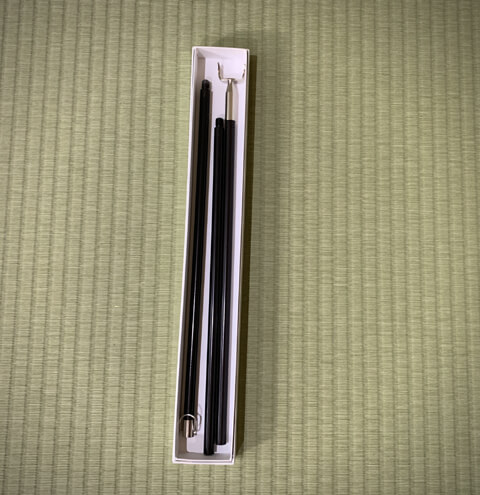
‘Renketsu Yahazu/connectable yahazu’, ‘Sanbon-tsugi Yahazu/ connectable 3pieced yahazu’… I don’t know how to call but in short, it’s a creation separatable into 3 parts so that all parts can be attached and detached from each other.
Made with aluminum and the screw cutting joint part can connect with the other section by a turning action.
A completed yahazu after the sections are connected. The tool is no less than a standard yahazu.
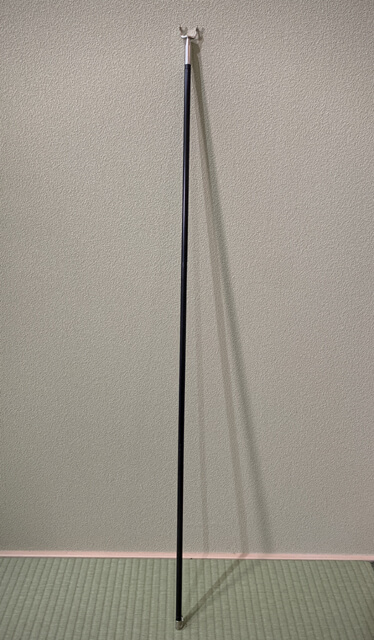
The usage is very much the same as that of a regular yahazu. Once you use it and when put it away, you can separate all sections again by turning the screw of the joint parts in a reverse direction.
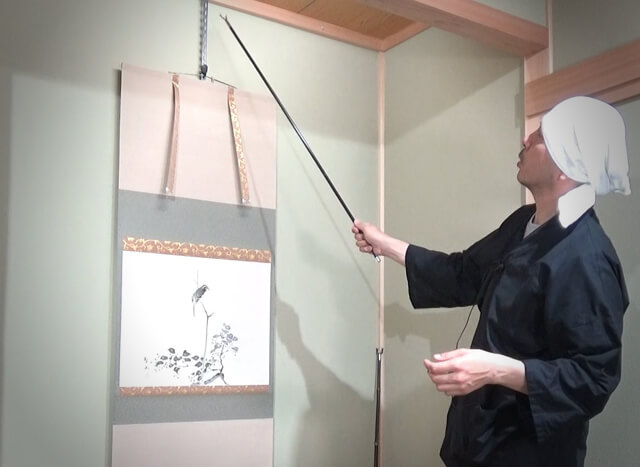
Its compact size which fits in your bag will enable you to take it to events such as an exhibition.
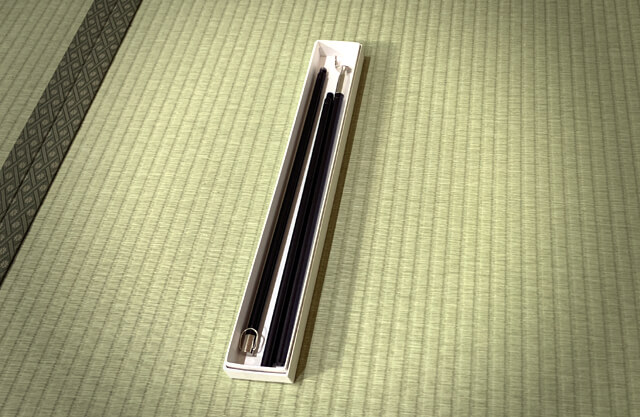
There are not any particular concerns about the tool.
However, if I have to say, that’ll be the yahazu’s heavier weight compared to a previous yahazu due to the material change from bamboo to aluminum. (Around 400g, a traditional bamboo one is 100g). The change isn’t really noticeable and even gave me the impression of the tool being fortified.
Yahazu is something you purchase no more than once therefore it’ll be best to select one excellent in convenience rather than a touch low-priced choices. We are here to help if you consider the purchase of this tool.
Click here to purchase.



